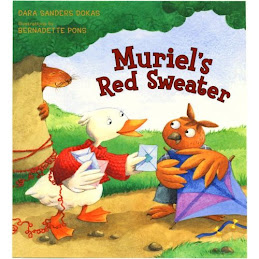
For any serious writer, a critique group is a very important part of their writing (and revising) process. Writing all alone is important at times, especially when you need to get your initial thoughts on paper or write a first draft. But, when it's time for digging deeper and revising, a good critique group is essential.
I've been with my critique group for many years. We all write for children - picture books, novels, fiction, nonfiction, poetry. There are five of us. We started out as four and later added our fifth member. When we started we were all at the beginning of our writing journey. Now, we all have at least one children's book published!
It's great to have other people who know me and my writing so well. They have seen the good, the bad, and the really bad! Plus, we are all serious about improving our writing and trying to publish.
We meet once a month at a coffee shop with ample table space. We each have a chance to read our work and receive feedback. We also save time for news and writing related updates. We have sometimes slipped into too much personal chatting, but then we re-group and use our time focused on the writing.
Our critique group meets in person, but some groups meet online. My friend, Laura, is a member of an online writing group and finds it very helpful.
So, how do you form (or find) a critique group of like-minded individuals?
- Take a children's writing class. At the end of the class, ask other class members if they would like to form a critique group. (Our original foursome met at a Loft class.)
- Look for an existing group to join. Local SCBWI chapters often post groups looking for new members.
- Join an online group through the national SCBWI website.
- Attend conferences and workshops. You're likely to meet people in the same place you are - ready to step out and join a critique group!
Who knows, maybe a few years from now you will be attending each other's book launch parties!



